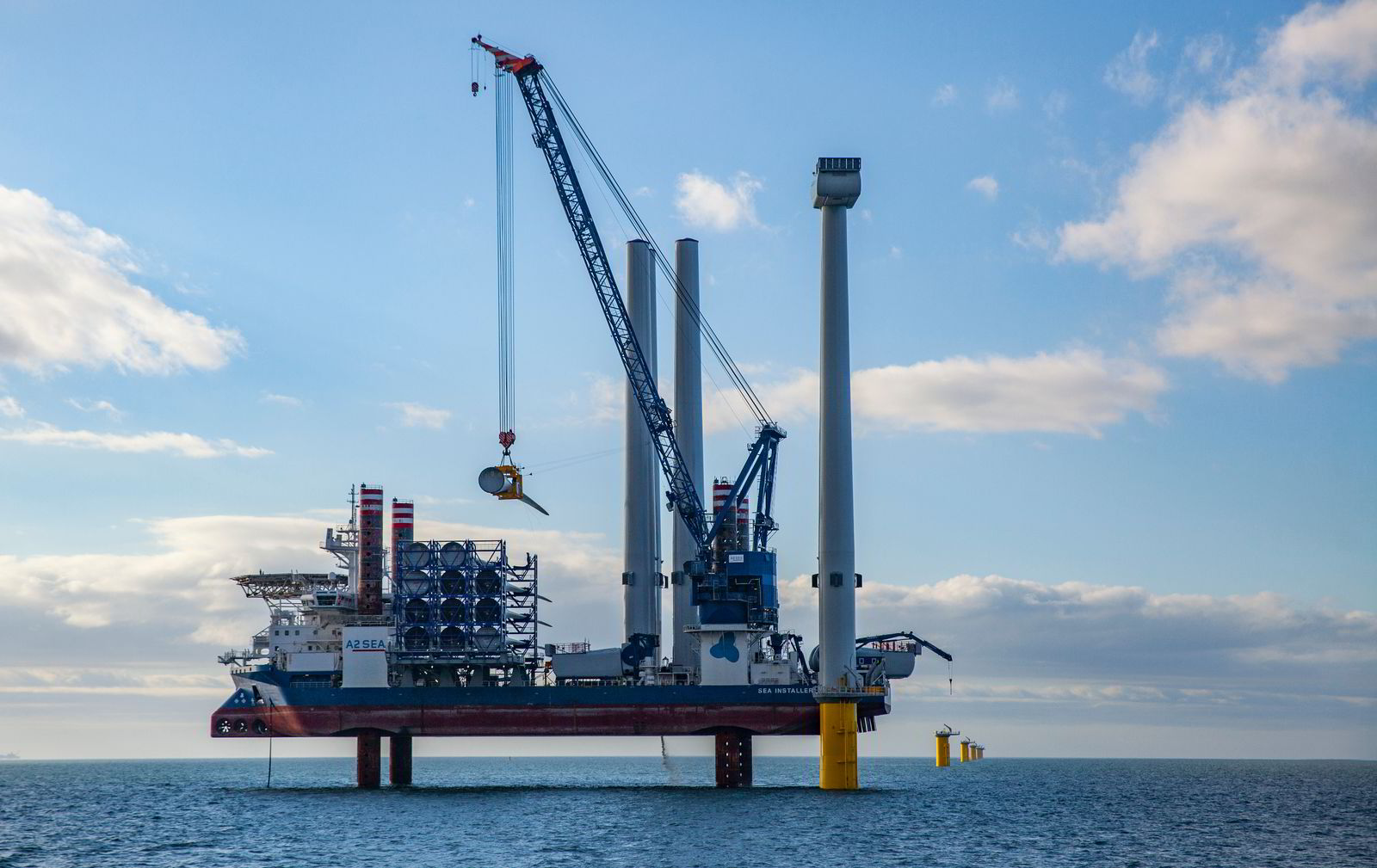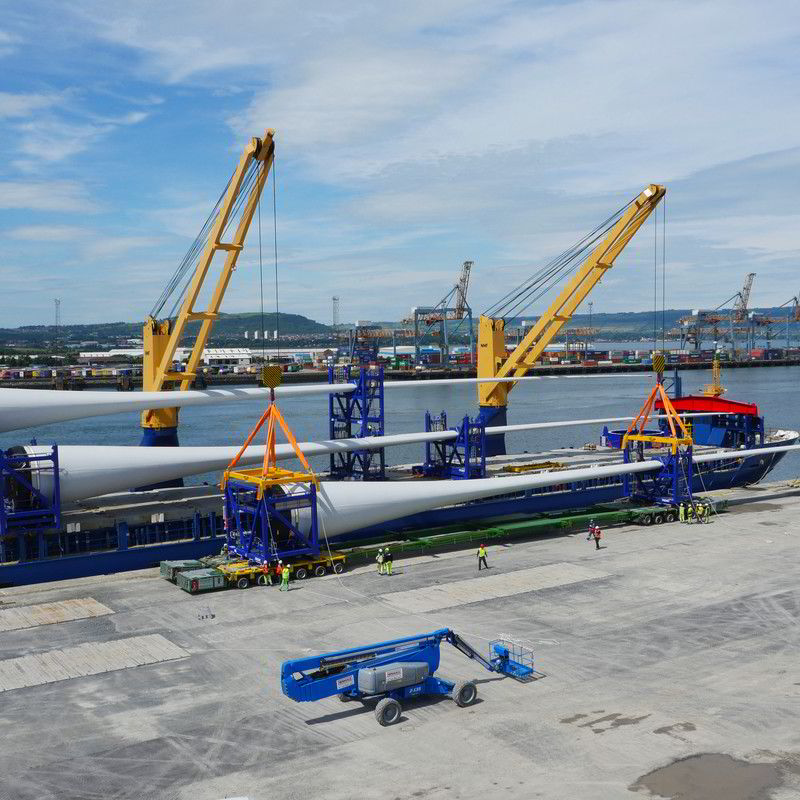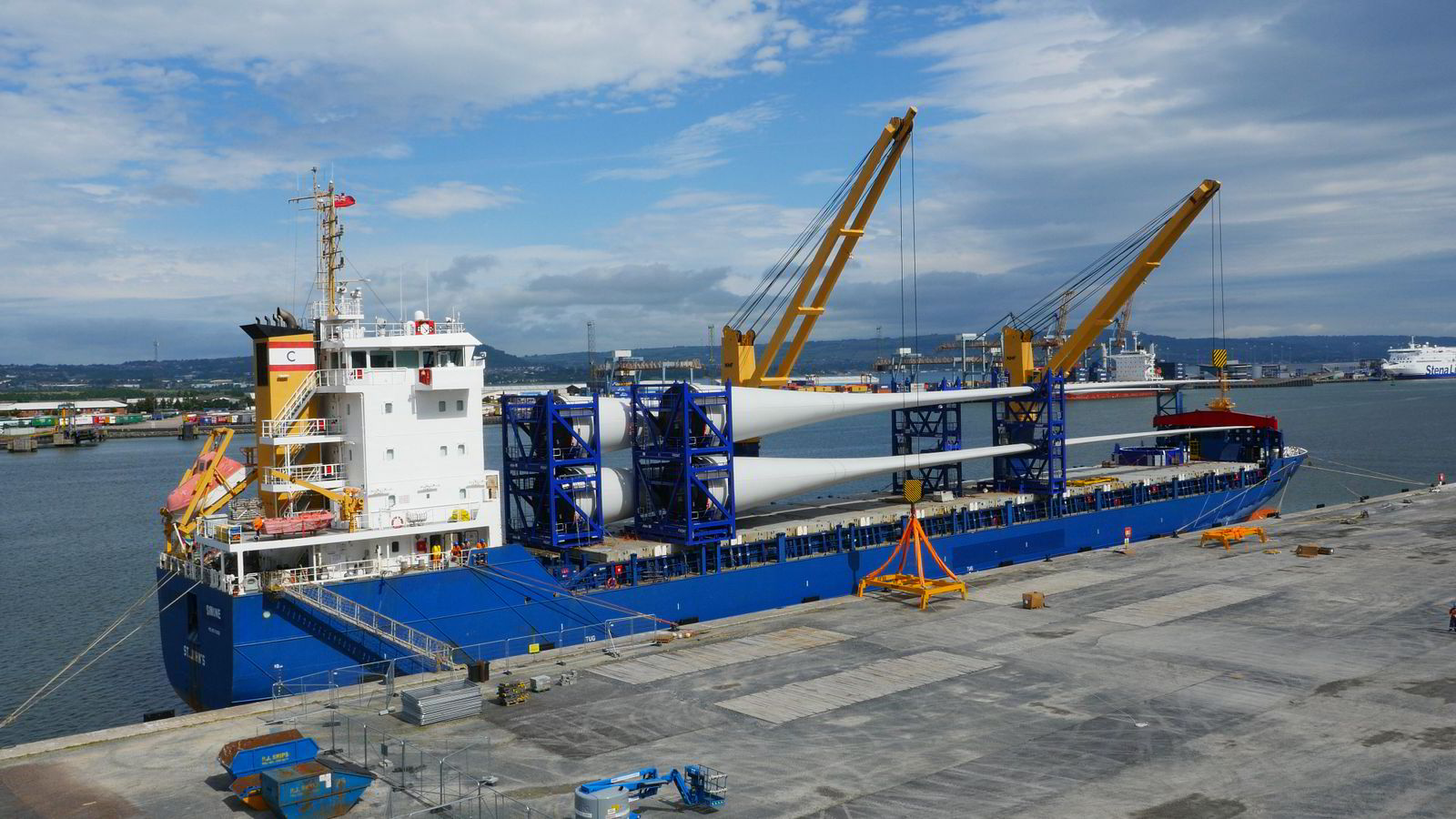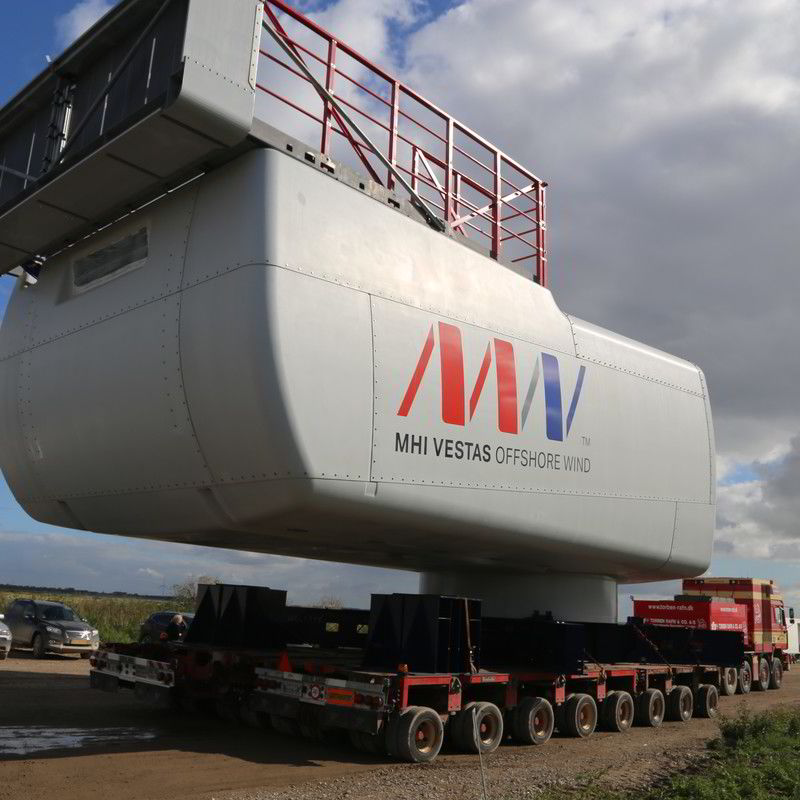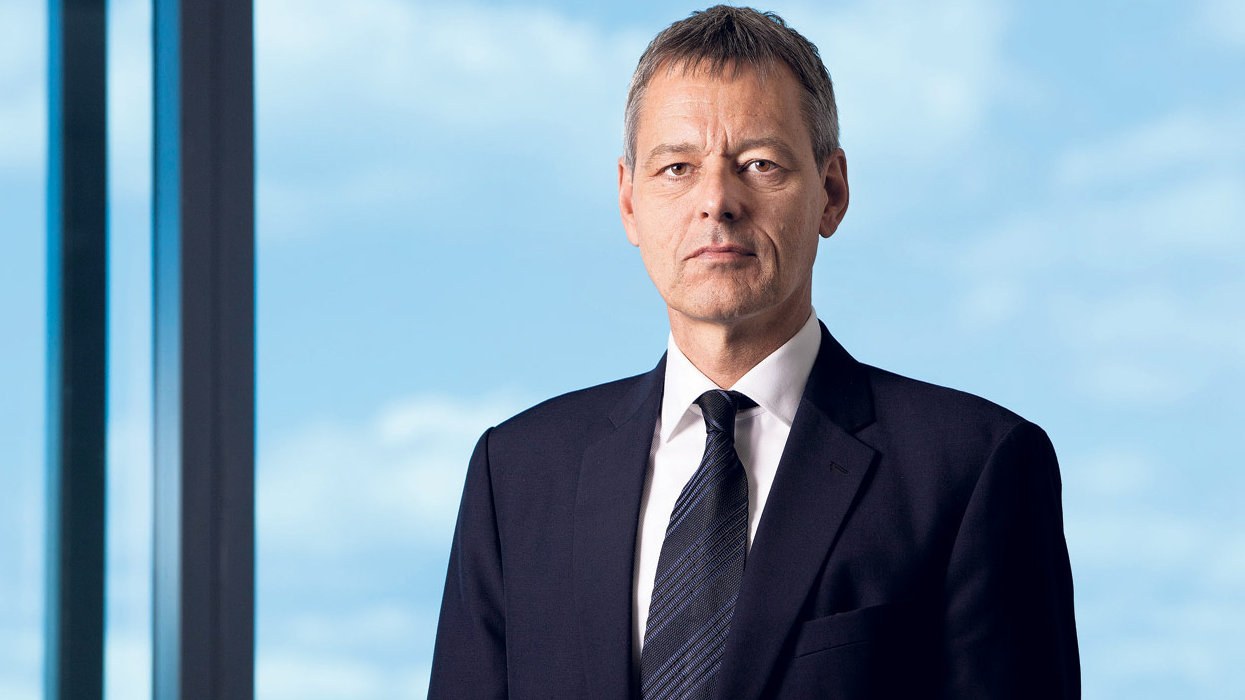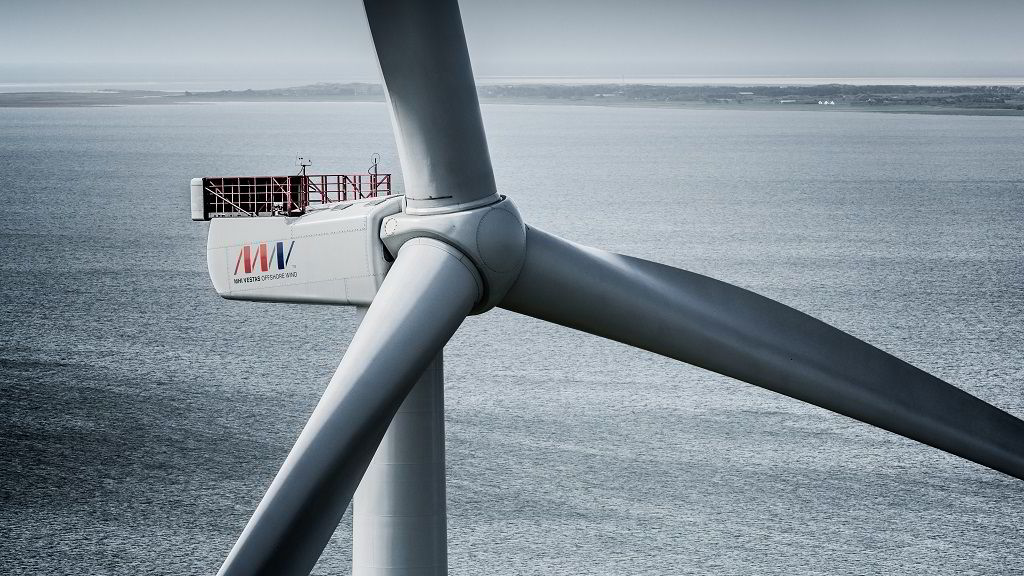When the first V164 turbine starts up at Britain’s Burbo Bank Extension (BBE) offshore wind farm early next year, it will mark the end of a journey embarked on more than five years ago by Vestas – and the beginning of another as its flagship 8MW machine moves into commercial roll-out in the wild waters off Northern Europe.
A lot has happened since the Danish company unveiled the design it dubbed the “new ruler of the seas” in 2011, in a glass-walled ballroom on the bank of the Thames overlooking the London Eye.
It
